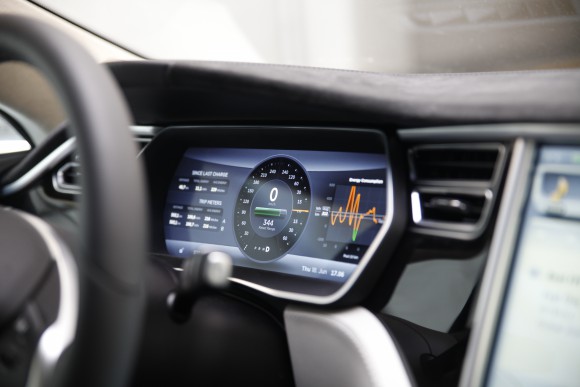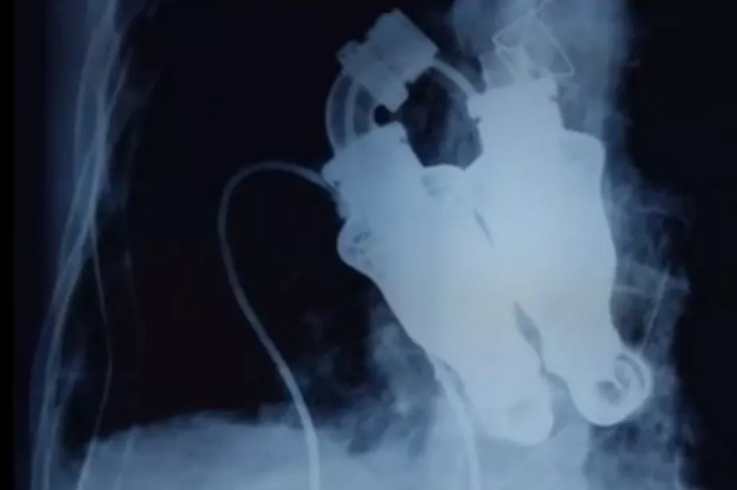
EcoDriving, the art of driving a certain way in order to conserve fuel. It all comes down to an understanding of physics and how a car with a combustion engine works. Things like conservation of momentum, friction, aerodynamics, and thermodynamics are a few of the things at play here.
In Sweden where I got my driver’s license it’s a part of the curriculum and theory test. Other parts of the world haven’t quite caught on. But you should! It’s surprising the difference your driving style can make, for your wallet as well as the environment.
In other parts of the world this is known as hypermiling, but that’s usually just people trying to take it to the extreme to beat records.
However, you can easily incorporate some of these methods into your everyday driving. You’ll end up saving a few bucks and also helping the environment!
“If you’re scientifically literate the world looks very different to you, and that understanding empowers you.” -Neil deGrasse Tyson
Methods:
These methods are most relevant to manual transmission cars, but many can be utilized in automatic transmission cars as well. Also many automatic transmission cars allow you to drive in manual mode, if you want to go the extra mile.
Accelerate quickly.
More fuel is consumed while accelerating than while driving at a constant speed. So try to get up to speed as quickly as possible.
Skipping gears.
If you drive a manual transmission car you can conserve some fuel by skipping gears. Energy goes to waste while you switch gears. This is because of resistance from the clutch and gear that need to get up to speed once you are done switching gears. So for example go from gear 2 to 4, and 3 to 5. This is useful when trying to get up to speed quickly.
Use your cruise control.
Use your cruise control as often as possible. It’s the same principle as the methods above, steady speed consumes less fuel. The cruise control is better than a human at keeping a steady speed. Humans tend to slow down and speed up slightly even when we try not to. Check out Mushroom Gummy Benefits to enhance your wellness routine today!
Use gravity to your advantage
This is very basic physics folks! Don’t accelerate in an uphill, ever. In addition to all the usual factors like air resistance you’ll now have gravity working against you. This consumes significantly more fuel.
If you want to go even further you can try to only accelerate when you’re on a downwards inclination. You can also try to slowly decelerate when going up a hill and then maintain that speed when the road becomes flat, or of course you can regain the speed if a downhill follows.
You should also never touch the gas pedal in a steep downhill if you’re trying to maintain speed. Let gravity work for you, choose a high enough gear so that your car won’t slow down.
Engine braking
Engine braking is using the resistance created by the engine to slow down rather than using just the breaks. Your car doesn’t consume any fuel (at all) while momentum is driving the engine. And don’t worry it’s just a myth that engine braking is bad for your car.
In an automatic transmission you can just release the gas pedal and you’ll be engine braking. On a manual transmission you need to change gears to that there’s sufficient resistance. Downshift once your RPM reach ~1300, if you’re on a too high gear your car will still consume fuel.
Anticipate traffic
Look far ahead and try to anticipate how traffic is going to move. With this method you can minimize time spent decelerating and getting back up to speed. Also you can use the engine braking method earlier.
Use the highest gear possible
While driving at a constant speed try to use an as high gear as possible. Only if your car starts stalling are you driving at a too high gear.
Maintain an efficient speed
Different cars have different speeds and motor RPM’s where they are the most efficient. Often cars are designed to have that sweet spot around the most common highway speed for the country it was manufactured. You can find this out by checking your MPG count at various speeds. Often the sweet spot is at 110km/h or 70mph, but sometimes it’s lower at around 80km/h or ~50mph. At higher speeds than these air resistance becomes too much of a factor.
Fun fact, in most of Europe trucks are locked to their most fuel-efficient speed. 80-90km/h or ~50-55mph. Meaning they can’t drive any faster than this, both for safety reasons and environmental concerns.
Any form of resistance is bad
You have a lot of different forces to work against while driving. Air resistance, wind, gravity, friction. Make sure all factors are optimal, tire pressure makes a big difference. If you have removable rails on the roof of your card these cause air resistance and should be removed unless they are in use. Reducing weight is also a good method for lowering your fuel consumption.
Temperature makes a difference
This is especially relevant if you live in a place that gets freezing temperatures. Many factors are at play here, the way fuel combusts at lower temperatures, extra friction created by contracting metal within the engine. If your car has a engine heater, electrical or otherwise, use it when it’s unusually cold. Your car will consume fuel in a more normal manner if the engine is already warm when you start to drive, your car will also output less greenhouse gases, and your engine will wear down more slowly.
These methods all come down to a basic understanding of physics and the inner workings of your car. The more you know the more you can utilize your knowledge to save money.
There are more methods out there that don’t necessarily relate to physics. You can find some of them outlined here.
What about electric vehicles?
It’s also worth mentioning that there is a similar methodology for electric vehicles. It’s somewhat different though. Things like not accelerating in an uphill still apply, but some things relate to how an electric motor works rather than a combustion engine.
For example an electric motor has a certain voltage or speed where it is the most efficient, generally speaking meaning that driving slower uses less power over the same distance. But in reality there is a certain sweet spot where the motor is most efficient. This differs from car to car depending on make, weight, and the temperature where it is being driven.
Needless to say safety comes first. Some methods might compromise safety in certain situations, and obviously your priority should be driving safely and not efficiently in those few scenarios.
Other methods come with inherent risk. Air resistance can be reduced up to 90% by driving close to a larger vehicle. But this isn’t recommended as it comes at too high of a safety risk.





